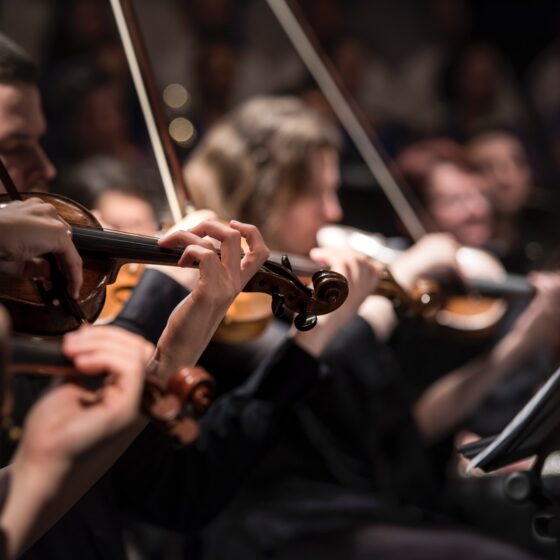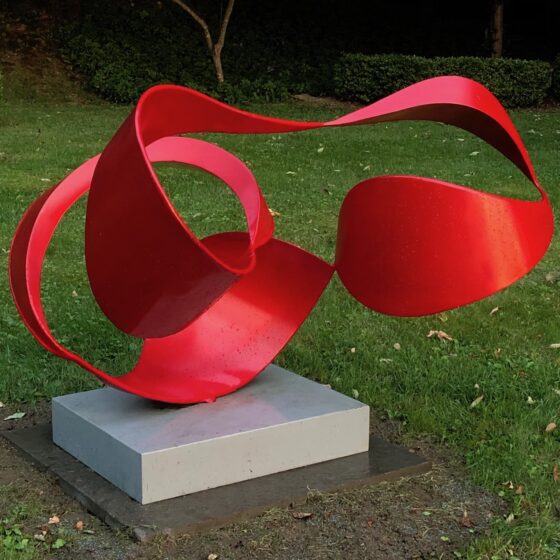The Approach,
Models and Objectives
The Approach
The Models of Instruction
This approach is presented in 3 Models
Arts and Core Curriculum
The arts and core curriculum are collaborative partners with specifically selected shared objectives. While pursuing content, themes, elements, ideas, or processes shared by both a work of art and a core subject area, students benefit from both the richness of authentic art experiences and expanded knowledge, insights, and broadened perspectives relative to curricula and standards.
Study a Work of Art
A specific work of art is the focus of study. Students investigate elements and ideas found in the work through their own creative process of artistic choice-making, reflection, observation, questioning, and discussion. Layered into the experience is contextual information surrounding the work and the artist. Lessons encourage students to make connections to prior knowledge, curricula and their own lived lives.
Collaboration
We collaborate to discover ways in which this experiential, arts and inquiry-based approach can support and enhance your subject content and established teaching format and method, whether it be skills-based arts instruction, lecture-based seminars, or other.

Objectives
- This approach builds important skills of cognition while inherently teaching for social justice, differentiated instruction, and the very nature of learning and true understanding regardless of subject matter. And, with a work of art as a guaranteed level playing field for shared perspectives, students strengthen their sense of identity and agency.
- Students build verbal and visual literacy.
- Students engage in individual and collaborative problem solving, and heighten skills of critical thinking, observation, perception, and description.
- Students broaden their understanding of the purpose and meaning of art as they develop personal connections and a sense of ownership of a work. This affects their future encounters with art, and their experience of the everyday world.




